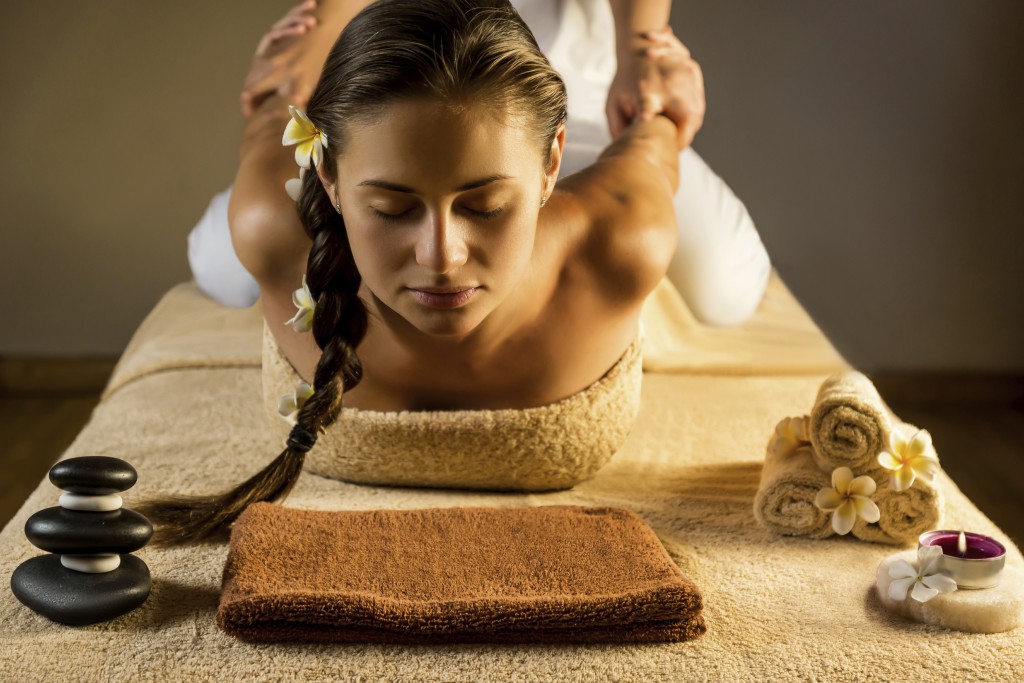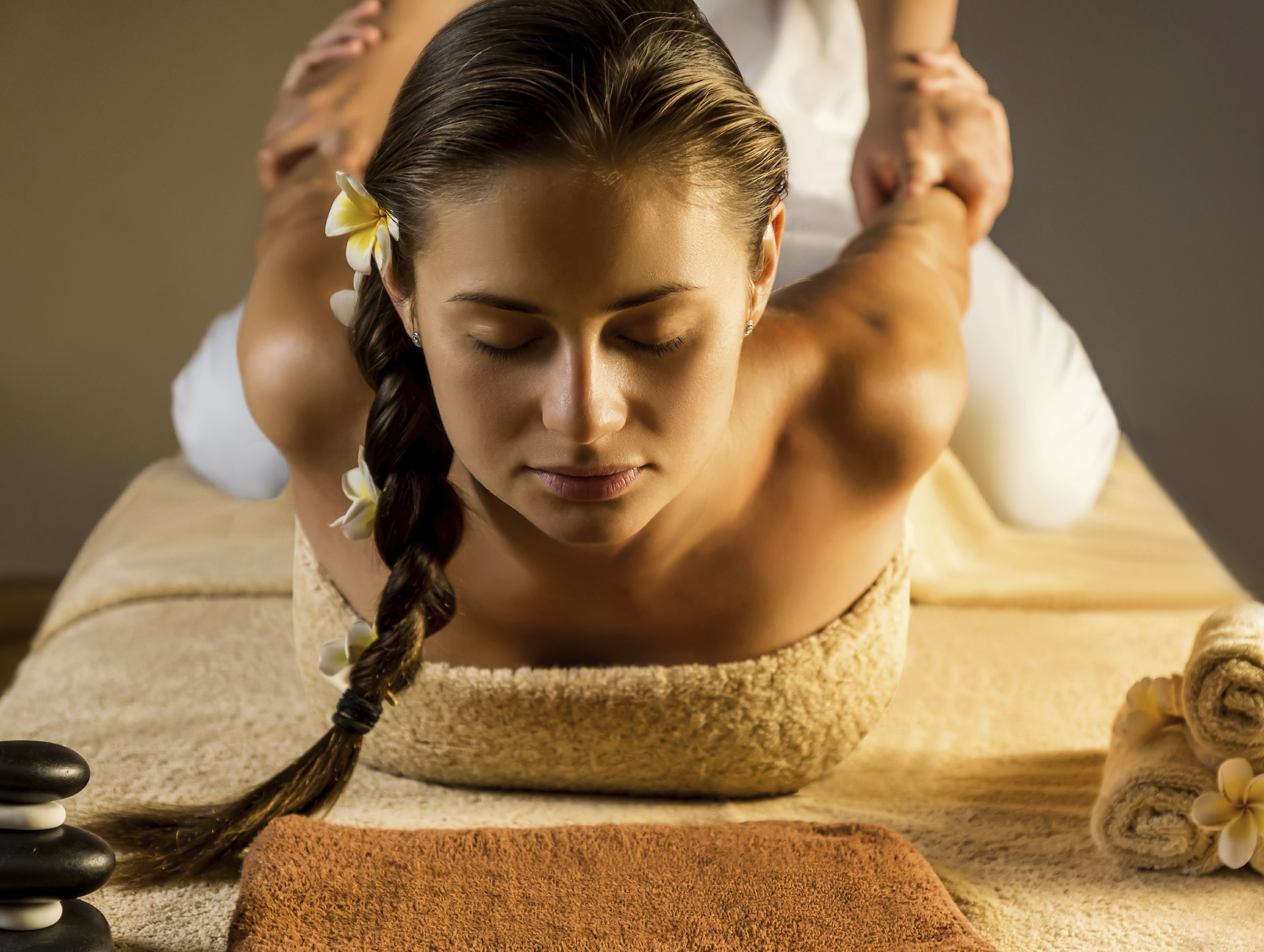Lomilomi is a traditional Hawaiian massage that devotees say it is extremely spiritual. But what is it and how does it work? Here are seven facts you might not know about this massage technique.

Loving hands
‘Lomilomi’ means rub or massage, but is also known as ‘loving hands’ because it’s meant to be a nurturing, healing practice done with love and good intentions.
It’s rooted in the ancient Hawaiian philosophy of Huna, which says that the mind, body and spirit are all connected, and so works on the whole person, not just the muscles.
Use your intuition
There’s no set format or sequence in Lomilomi; no two massages are the same, just as no two clients are the same. Instead, therapists work intuitively to meet the needs of each individual person.
Because Lomilomi was traditionally passed down within families on Hawaii, different strands have developed that use different techniques, but they all agree that you need to take a slow, meditative approach to put your client completely at ease.
(Not just) hands on
To perform Lomilomi properly you need to use more than just your hands. Therapists use their forearms and elbows, and even their knees and feet. The technique is to work gently yet deeply with long, flowing under and full body strokes. These rhythmic movements often remind clients of gentle ocean waves washing over them.
Energy flow
Hawaiians traditionally believe that the flow of energy through the body is extremely important, and that blockages can occur in both mind and muscle. Because Huna says everything is connected, if the mind is blocked by stress or you have muscle tension, it will affect the whole person.
With Lomilomi, your goal is to put clients into a deeply relaxed state so they can let go and any blockages can be released. It’s just as much about releasing a client’s mental anxiety and tension as it is about massaging their muscles.
The more the merrier
If you want to give your clients an amazing Lomilomi experience, consider working with another therapist. According to experts having four or more hands working together sends the client into an even greater state of relaxation, as the brain can’t focus on all the hands at the same time.
Therapists working alone often mimic this by massaging two different parts of the body at once, for example one hand working on a shoulder and the other on the opposite hip.
Do a little dance
While channelling your good intentions and performing Lomilomi in a loving way, you also need to maintain your own energy. This is done through your movements – therapists perform a hula dance around the table as they work, which assists the energy flow in the room.
Therapists also usually start the session by saying a short ‘pule’, a blessing or prayer, to ask for healing to take place, and talk to clients about incorporating things like meditation or a change of diet into their routine.
Show some skin
Clients should be prepared to show a bit more skin during Lomilomi than in other massages. Because it focuses on the whole body, with multiple areas being worked on at once, clients generally lie directly on the table with only a small towel covering them. This makes it easier to perform under body and full body strokes without interrupting the flow, but might be too much for prudish patrons!

